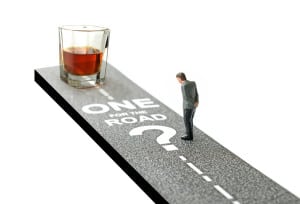 We all know not to drink and drive, but it is clear not all of us follow this sage advice. According to MADD (Mothers Against Drunk Driving), a person is injured in a drunk driving crash practically every ninety seconds. Those injuries are completely preventable and it is wise for people to understand both the law and how their individual bodies respond to alcohol. The primary rule of thumb should be: if you have been drinking, do not drive. Some people might find that daunting, but there are ways to make this easy on everyone. Following are the best practices for driving sober.
We all know not to drink and drive, but it is clear not all of us follow this sage advice. According to MADD (Mothers Against Drunk Driving), a person is injured in a drunk driving crash practically every ninety seconds. Those injuries are completely preventable and it is wise for people to understand both the law and how their individual bodies respond to alcohol. The primary rule of thumb should be: if you have been drinking, do not drive. Some people might find that daunting, but there are ways to make this easy on everyone. Following are the best practices for driving sober.
1. If You’ve Been Drinking, Don’t Drive. This is pretty straight forward, but clearly people still haven’t gotten the message. If you have even had a single sip of an alcoholic beverage, get into the habit of not driving. There is no need to tempt yourself. If you know you have taken a sip of alcohol, find an alternate way home that night.
2. Don’t Drive When You Go Out. Better than having to find a designated driver after a night of socializing, simply refrain from driving at all when you go out on the town. If you are going to have dinner and you know you enjoy wine with your meals, take the bus or a cab to your destination and then do the same when going home. If your vehicle is not available, it is more difficult to drive drunk.
3. Download a Sobriety App. There are applications and devices that can help you determine what your blood alcohol content (BAC) level is before you get behind the wheel. If you are the type of person who simply won’t resist getting behind the wheel after a night of drinking, at least buy one of the individualized breathalyzers and download the appropriate app to your smartphone so that you can behave more responsibly.
4. Wait To Get Behind the Wheel. If you have been drinking, give yourself two or three hours after your last drink before you get behind the wheel of a vehicle. Depending upon your metabolism, your body will work through the alcohol you have been drinking so that you are not inebriated when you drive. After that last drink, take a few hours to simply socialize and enjoy your environment before heading off into the sunset. Everyone on the road with you later will appreciate your efforts.

Leave a Reply
You must be logged in to post a comment.